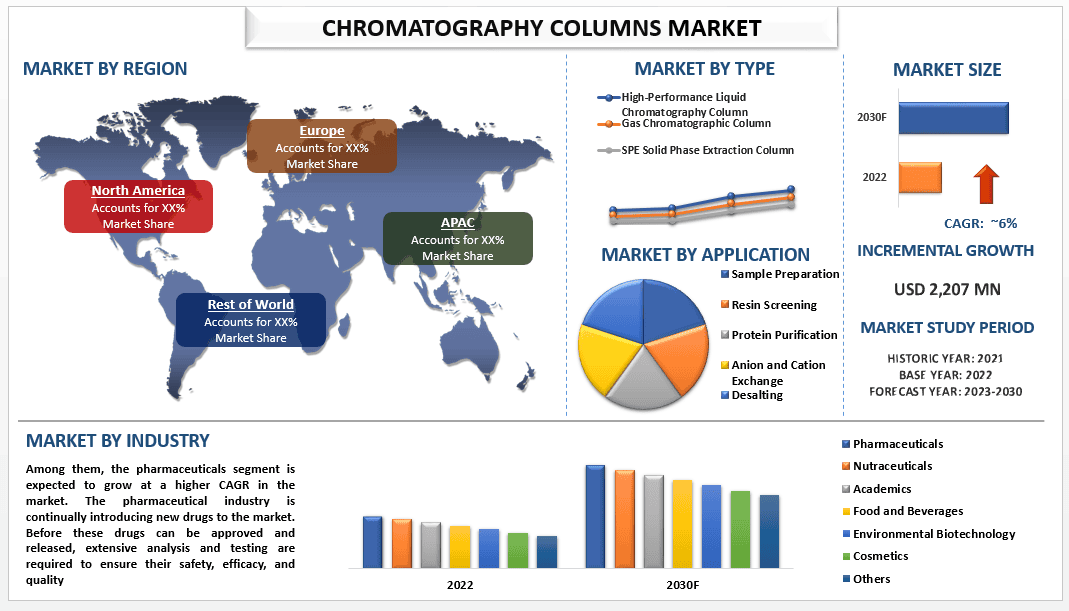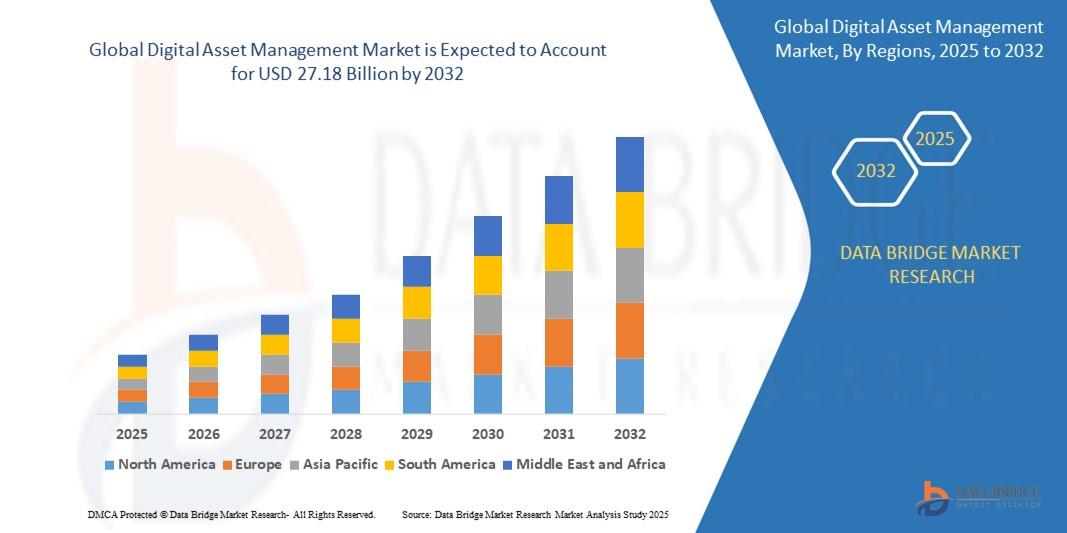Unlock Business Agility: Cloud Data Management for JD Edwards
In today’s competitive landscape, agility is everything. Organizations running JD Edwards (JDE) EnterpriseOne face constant pressure to streamline operations, reduce costs, and adapt quickly to market changes. While JD Edwards remains one of the most reliable ERP platforms, its ability to deliver agility is often constrained by data complexity and growth.
That’s where Cloud Data Management (CDM) comes in. By transforming the way JDE data is stored, governed, and analyzed, enterprises can unlock agility and position themselves for digital transformation.
Why JD Edwards Enterprises Struggle with Agility
JD Edwards has been around for decades, serving industries like manufacturing, distribution, finance, and energy. But the longer a system runs, the more data challenges emerge:
-
Massive Data Volumes: Years of transactions and logs inflate database size.
-
Rising Infrastructure Costs: On-premises storage and licensing expand with growing data.
-
Complex Compliance Requirements: Regulatory mandates demand strict retention and accessibility.
-
Upgrade Delays: Data bloat slows down upgrades and cloud migrations.
-
Limited Analytics: Valuable historical data often sits idle, disconnected from modern analytics tools.
These challenges directly impact business agility—slowing down decision-making, delaying upgrades, and inflating costs.
What Cloud Data Management Brings to JD Edwards
Cloud Data Management solves these problems by applying lifecycle management, governance, and analytics to JDE data. Here’s how:
-
Data Archiving & Tiering
-
Move inactive data to low-cost cloud storage.
-
Keep production databases lean and fast.
-
-
Automated Retention & Compliance
-
Apply policies for financial, HR, and operational data.
-
Simplify audits with searchable archives.
-
-
Seamless User Access
-
Archived JDE data remains accessible through familiar interfaces.
-
No disruption for business users or auditors.
-
-
Security & Governance
-
Protect sensitive ERP data with encryption, masking, and access controls.
-
-
Analytics & AI Integration
-
Unlock historical data for predictive insights and machine learning.
-
Key Business Benefits
1. Faster Upgrades & Cloud Migrations
When ERP databases are bloated, upgrades can take months. By archiving legacy data, enterprises migrate only active information, reducing project time, cost, and risk.
2. Cost Optimization
Cloud storage tiers ensure you only pay for what you use. Inactive data can move to cold storage, while active records stay on high-performance systems.
3. Audit-Ready Compliance
Whether it’s SOX, HIPAA, or GDPR, CDM enforces consistent retention rules. Auditors gain quick access to historical data, eliminating manual searches.
4. Improved Performance
Production databases run faster with smaller datasets. Reporting, financial close, and daily operations become more efficient.
5. Long-Term Data Value
Archived JDE data doesn’t just sit idle. It can fuel AI-driven forecasting, customer insights, and operational optimization.
Real-World Scenarios
-
Finance Departments
-
Archive old general ledger entries while keeping them accessible for audits.
-
Reduce month-end close times by streamlining active databases.
-
-
Manufacturing & Supply Chain
-
Retain decades of production history in the cloud.
-
Leverage machine learning to predict demand using archived data.
-
-
Human Resources
-
Protect employee records with secure cloud storage.
-
Apply automated retention policies for compliance.
-
-
IT Departments
-
Simplify database management by reducing size.
-
Minimize backup/restore windows during disaster recovery.
-
Implementation Best Practices
-
Classify Data by Value
-
Identify which JD Edwards data is mission-critical, compliance-driven, or historical.
-
Assign it to hot, warm, or cold tiers accordingly.
-
-
Automate Data Lifecycle
-
Define retention rules by business function (finance, HR, operations).
-
Use automation to archive or purge data without manual effort.
-
-
Choose JDE-Compatible Solutions
-
Ensure the cloud data management platform understands JD Edwards’ data model.
-
Maintain referential integrity across modules.
-
-
Secure & Govern from Day One
-
Apply encryption, masking, and role-based access.
-
Keep complete audit logs for compliance.
-
-
Integrate Analytics
-
Connect cloud archives with BI and AI tools.
-
Turn dormant data into a competitive advantage.
-
Case Study: Accelerating Agility
A global logistics company using JD Edwards struggled with slow system performance due to 15 years of supply chain data. Upgrades took weeks, audits were cumbersome, and infrastructure costs kept rising.
By deploying a cloud data management strategy:
-
70% of historical data was archived.
-
Backup windows shrank from 10 hours to 2 hours.
-
ERP upgrade timelines dropped by 40%.
-
Compliance audits went from weeks to days.
The result? Faster operations, lower costs, and greater agility to scale in new markets.
The Strategic Edge of Cloud Data Management
Agility is no longer a nice-to-have; it’s a competitive necessity. By modernizing JD Edwards with Cloud Data Management, organizations gain:
-
Efficiency: Faster systems, streamlined processes.
-
Cost Savings: Optimized infrastructure and licensing.
-
Compliance Confidence: Always audit-ready.
-
Innovation: Unlock insights with AI and analytics.
Conclusion
JD Edwards has powered enterprise operations for decades, but its future lies in the cloud. Cloud Data Management is the bridge between legacy ERP systems and modern, agile enterprises.
By embracing CDM, organizations can:
-
Reduce costs,
-
Simplify compliance,
-
Improve ERP performance, and
-
Unlock innovation.
For businesses seeking agility and resilience, Cloud Data Management is the key to transforming JD Edwards into a future-ready platform.








